Presentation
Incidental finding.
Patient Data
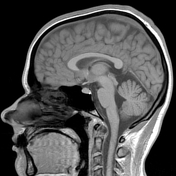

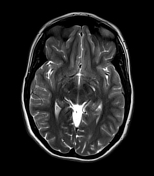

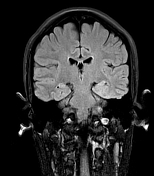

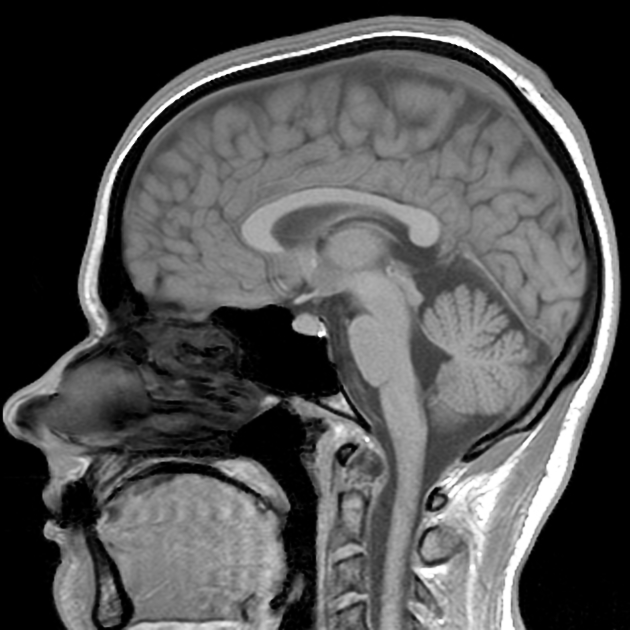
Normal study - not all sequences shown. Note the convex upper margin of the pituitary.


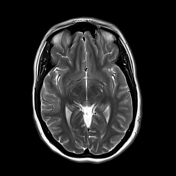

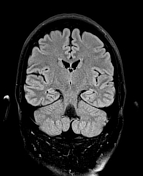


Note flattening of the upper margin of the pituitary compared to the old study. The posterior pituitary "bright spot" is also far less bright than it was on the earlier study.
Novel T2/FLAIR right frontal unidentified bright object (UBO) of unknown clinical significance.
Again only selected sequences shown.
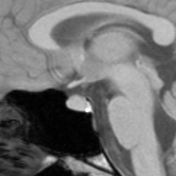

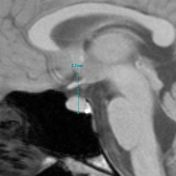

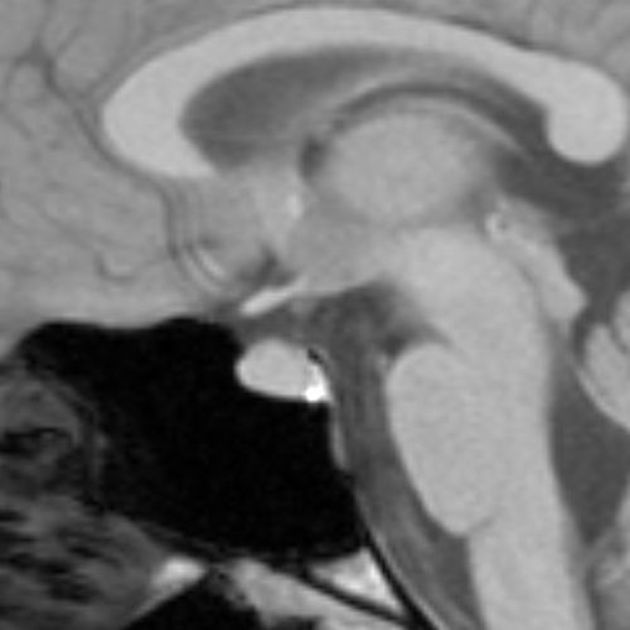
Key images showing the involution of the pituitary.
Case Discussion
Involution of the pituitary is to some extent physiologic, and its size and appearance should always be interpreted in the context of age, gender, and other factors such as pregnancy. When we compare the current status to a much older study the changes can be sometimes striking.




 Unable to process the form. Check for errors and try again.
Unable to process the form. Check for errors and try again.